Reliance Industries plans to reuse captured carbon for internal industrial processes
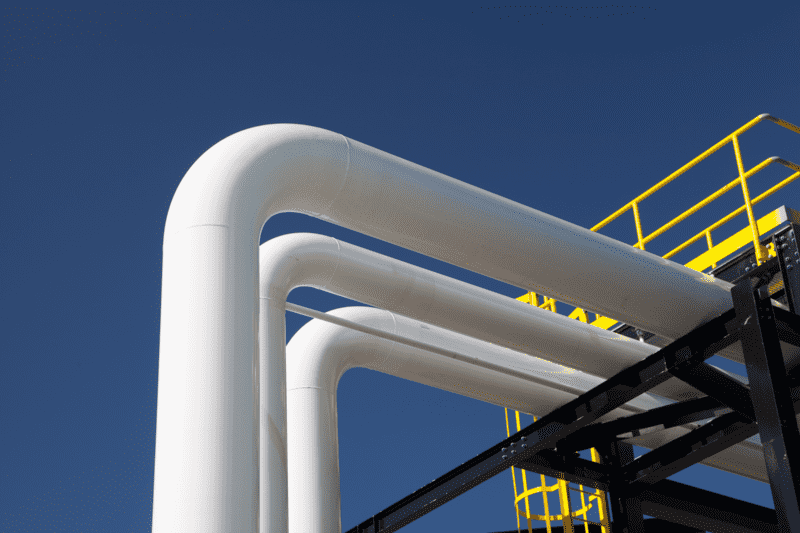
Reliance Industries prefers to capture carbon and use it to manufacture other chemicals, deploying its own technology to reduce costs, rather than store in underground depleted wells, PMS Prasad, the company's executive director and member of the board said Feb. 6.
Reliance Industries, which has a net zero target set for 2035, is implementing its bespoke plans for energy transition that incudes capturing carbon for utilization, Prasad said at India Energy Week 2024 in Goa which concludes Feb. 9.
"We might be different... we are betting on technology," Prasad said in a panel discussion titled 'Bridge not barrier – how responsible oil and gas production can support climate goals'.
"Our approach is based on how to reduce overall costs. It is based on end-to-end (links) and manufacturing and it is for internal purposes," he added.
Prasad said Reliance's energy transition strategy involved making renewable components from scratch, be it the glass used in solar modules or the carbon composite material in wind turbines and blades or the electrolyzer, with the end goal of greater efficiency.
For manufacturing electrolyzers, Reliance is not betting on any one technology such as PEM or Alkaline or AEM or SOEC. It is considering all technologies and working on them with a couple of partners, Prasad said.
Similarly, it is developing battery technologies, betting on 2-3 technologies -- some it is developing on its own and some it is working with partners.
"I have biogenic CO2 and when I have green hydrogen that's the easiest way to go to green chemicals such as methanol and ammonia," he said. "Capture the carbon and fix it into chemicals, not store It. That's our approach to CCS."
Differing view
Oil India, on the other hand, is studying carbon capture for use in enhanced oil recovery, or EOR, and storage, chairman Ranjit Rath, who was also in the panel discussion, said.
"Both these options are under application -- the CO2 EOR is much lesser in component," Rath said. "From the policy perspective we can inquire what is the value? What are the guidelines? And what are the monitoring mechanisms?"
Rath said Oil India collaborated with major emitters such as cement, thermal power and steel plants and would need to study on capturing CO2 -- looking at the prospects of an economic pipeline and transport to the distance where it would be injected.
In a November 2022 report, NITI Aayog, a government think-tank chaired by the Prime Minister and advises on a range of economic and policy related issues, envisaged a policy of helping to build clusters with a business model and financial incentives for CCUS to work at a commercial scale, with a potential to reach 750 million mt/year of CO2 capture capacity by 2050.
Green manufacturing
Reliance's energy transition strategy banked on inhouse use first, whereby the company's own decarbonization would be prioritized.
"We use the renewable power not for business, but internally to run our refineries and petrochemical complexes," Prasad said.
To do this, Reliance is setting up a 20 GW/year gigafactories to produce solar modules, he said.
"Then with solar, wind and storage, combined, we think we have a good chance of greening all our manufacturing," he said.
Reliance was one of the winners of the Indian government's three-year subsidy for 450,000 mt/year of renewable hydrogen, tender results from Solar Energy Corp. of India showed in January.
Reliance is also one of the winners of the government's electrolyzer subsidy under which it would receive a maximum incentive of Rupees 4.44 billion ($53 million) for a capacity of 300 MW bid by the company.
Reliance said in 2021 it will invest $10 billion over three years to develop new fuels business based on 100 GW of renewable power capacity by 2030. The plan involves setting up four giga factories for manufacturing renewables equipment, battery storage, fuel cells and hydrogen at Jamnagar in the state of Gujarat.
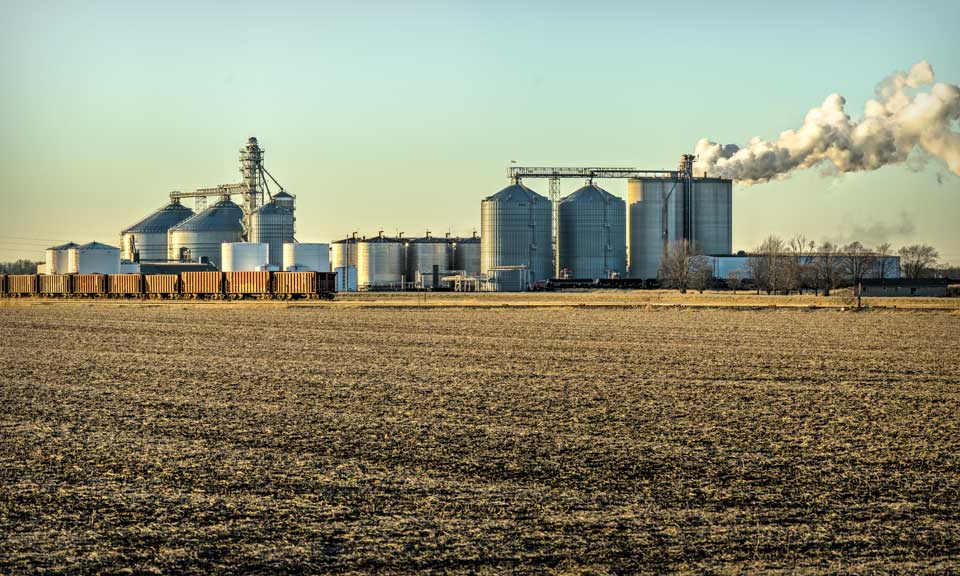
Thought Leadership
The price wall visualizes 258 of the most important price benchmarks assessed by Platts across various commodities from crude through to chemicals, LNG and carbon. The wall shows the price performance of these benchmarks over 2023 based on their indexed value from the first day of trading. Click on the commodity button to isolate different groups of resources to see which performed best in 2023, a year that saw dramatic changes in trade flows and demand because of sanctions and price caps on Russian commodities and a recovering post-COVID global economy. Isolate individual benchmarks by clicking on the tile to reveal a unique QR code to navigate to specific Platts methodology pages and average price data for 2022 and 2023. Click to start exploring
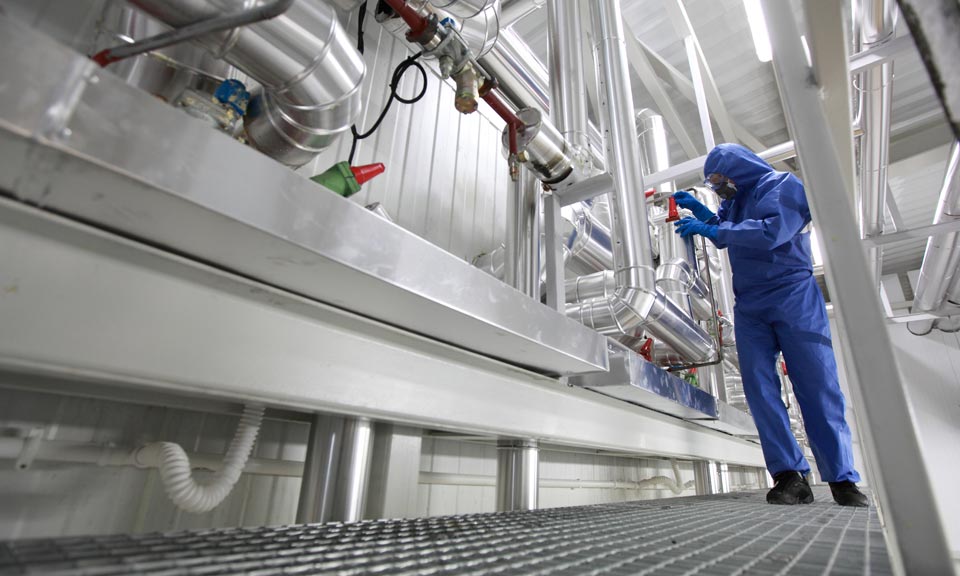
Thought Leadership
Platts Ammonia Price Chart illustrates monthly averages of daily assessments for gray, blue and green ammonia across a range of geographies and delivery options. This month's feature: Asia-Pacific blue ammonia prices extend discount to Europe, US (Latest update 28th February, 2024)
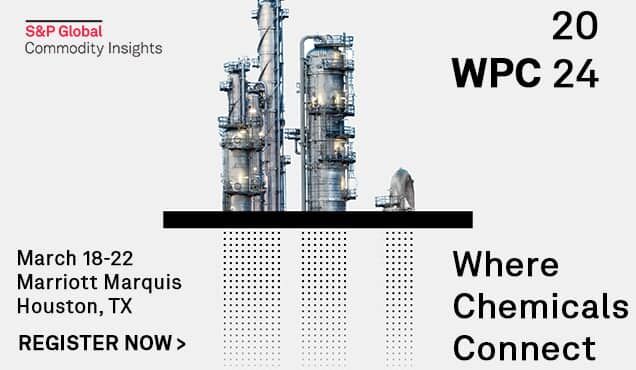
Thought Leadership
Our team of experts are excited for WPC 2024 where they will provide a comprehensive outlook on the economy, energy transition and climate strategies, energy and feedstocks, commodity chemicals, intermediates, specialty chemicals, related customer markets, mobility, and more. Register now Watch the short video series below for a quick overview of a few selected chemicals markets. Polyolefins – Jesse Tijerina, POLYMERS LEAD - AMERICAS Polyesters – Shannan Billings, DIRECTOR OF FIBERS Specialty Chemicals - Adam Bland, RESEARCH & ANALYSIS EXECUTIVE DIRECTOR Benzene – Katie Elliot, AROMATICS LEAD - EMEA Ethylene – Walt Hart, EXECUTIVE DIRECTOR OF AMERICAS OLEFINS & DERIVATIVES Butadiene – Bernd Helbing, DIRECTOR - C4S & ELASTOMERS Propylene – Larry Tan, OLEFINS LEAD - APAC Expanded comprehensive coverage At S&P Global Commodity Insights we cover everything from chemicals feedstocks to chemical building blocks, their derivatives, all the way to performance chemicals. And that's not all. Thanks to our expanded team of industry experts, now we cover even more chemical markets. Our capabilities include : • New price assessments • Long-term supply and demand by country • Short-term supply and demand by country • Price forecasts • Expert insights • Asset information • Suppliers of chemical products • Plant outages • Trade data and trade flows • Costs and margins • Specialty chemicals • Market news • Option of API delivery For more information, head to https://commodityinsights.spglobal.com/chemicals
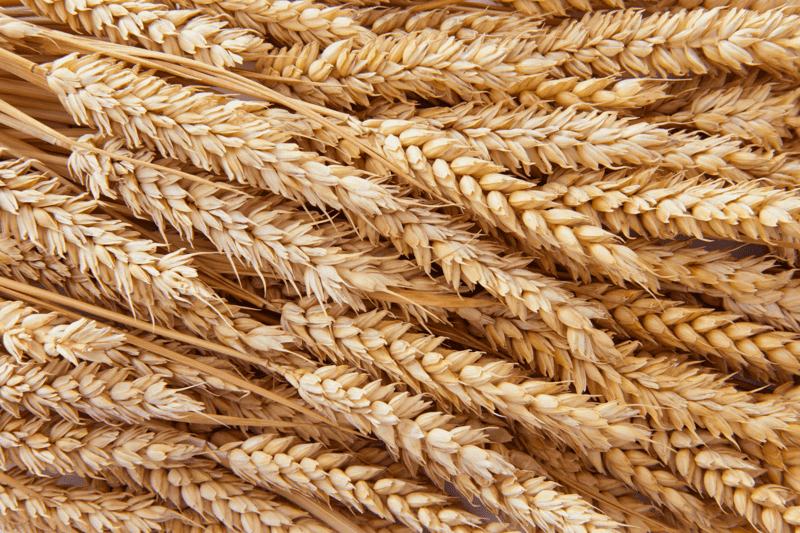
Thought Leadership
Key players in the wheat trade, India and Indonesia are headed to the polls this year, and market sources believe that the role of agricultural policies is increasingly taking center stage, especially amid a backdrop of food security concerns and inflationary pressures. Recent elections in other countries that are also heavily involved in global grain production and trade have demonstrated the rising importance of agriculture in the political sphere. The recent presidential elections in Argentina were one such striking example. Export flows of Argentinian grains, especially wheat, had dropped significantly approaching the elections as farmers reportedly held back on sales in anticipation of the then-candidate Javier Milei's pledges to remove export taxes on grains. India, a major producer and former exporter has been embroiled in talks of wheat imports for months following an El Nino-battered wheat production and several large drawdowns in wheat reserves in 2023. The country's wheat reserves have been declining as the government is providing free-of-cost food grains to keep inflation in control ahead of the elections. The government's wheat reserves have fallen to a seven-year low, while providing free-of-cost food grains to keep inflation in control ahead of the elections. As of Dec. 31, 2023, the Food Corporation of India had 16.35 million mt wheat in government warehouses, compared with 17.17 million mt a year ago. However, if India ends up allowing wheat imports after the elections it may potentially lead to a rise in global wheat prices and weigh on returns for farmers, trade sources said. On the other hand, Indonesia is one of the biggest wheat importers in the world, and its citizens will be headed to the polls in two weeks' time to elect the eighth president of Indonesia. The potential introduction of a new wheat import tariff, depending on the outcome of the elections, may potentially add on to the burden of flour millers who are faced with rising operating costs and a slow rebound in downstream demand. India India's national elections are expected to be held during April-May with local media reports indicating a comeback of the ruling dispensations. Trade sources are not expecting significant changes to the trade policies before the elections, despite concerns that El Nino may weigh on India's wheat supply. "Since farmers are a key constituency in large wheat producing states, the ruling party is not willing to risk angering them and are not engaging in talks about imports," a trader based in Kanpur, Uttar Pradesh, said. Uttar Pradesh is the largest wheat producing state and also the most populous province in the country. While traders have been asking for a cut in import duty, the government is looking at planting progress before deciding on imports, an official with the agriculture ministry said. Currently, the government levies a 40% import duty on wheat. As of Jan. 22, Indian farmers planted wheat across 34 million hectares, against 33.8 million hectares last year, the Ministry of Agriculture reported. According to government officials, allowing imports could weigh on farmers' intentions to plant wheat. The government is also unwilling to let imports weigh on farmers' returns ahead of the general elections, the official with the farm ministry added. Market participants expect India's wheat harvest to shrink in MY 2023-24 (April-March) likely poor yields despite steady sowing. The government has pegged India's wheat harvest in MY 2023-24 at 114 million mt, 1% higher on the year. On the other hand, some trade participants believe if the wheat harvest rebounds the government may take a look at allowing exports after the elections. India had blocked wheat exports in May 2022 amid rising food inflation due to poor harvest. If the output is better than expected, the government may be willing to allow exports but any significant changes to the trade policy is unlikely before the elections, a trader based in Mumbai said. Indonesia Indonesia is headed for a three-way fight in the country's upcoming presidential elections Feb. 14, with local media reports indicating that third-time candidate Prabowo Subianto and his running mate, Gibran Rakabuming Raka, who is the eldest son of Indonesia's current president Joko Widodo, continue to maintain a wide lead against the two other presidential candidates, Anies Baswedan and Ganjar Pranowo. The results of the presidential elections could have a significant impact on Indonesia's agricultural policies, as the country continues to lag behind its goal of reducing imports and achieving self-sufficiency. Notably, the Prabowo-Gibran pairing has announced their intention to introduce a number of new taxes upon election, including taxes on wheat imports. Prabowo was quoted in local media as claiming that the losses incurred from not taxing wheat imports were significant, and he further cited the examples of neighboring countries Thailand and Brunei, which tax wheat. Indonesia is one of the world's largest wheat importers, importing between 9-11 million mt of wheat annually. The latest data from Indonesia's Central Bureau of Statistics shows that the country imported 9.7 million mt of wheat between January to November 2023. Indonesia does not tax milling wheat imports, which make up the vast majority of the country's total wheat imports. Meanwhile, feed wheat imports are generally controlled by the state-owned livestock farming company, Berdikari, to protect the interests of local corn farmers. "There are definitely some concerns in the industry if wheat imports become taxable," said a source in Indonesia's flour milling industry. Additionally, there have been no indications as to what the tariff rate may be. "There's still a lot of uncertainty, so we can only wait for the final result [of the presidential elections]," added another source in the local food manufacturing industry.